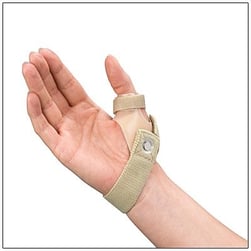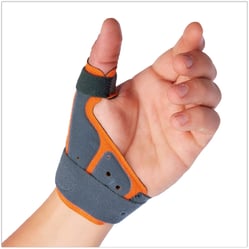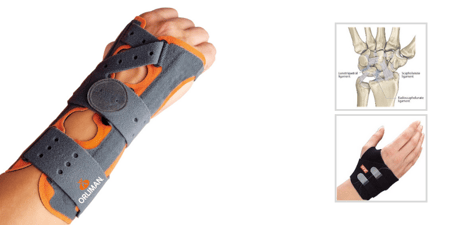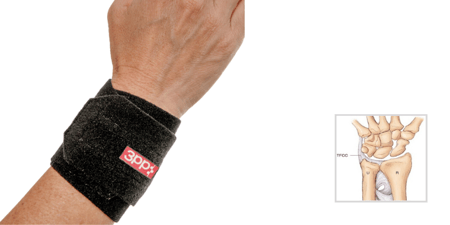Thumb deformities are often associated with osteoarthritis or rheumatoid arthritis, but another condition called thenar wasting can also result in significant deformities. This condition typically arises from injury or compression of the median nerve. Here’s an in-depth look at what causes it, its symptoms, and how to effectively treat it.
What Causes Thenar Wasting?
The median nerve plays a critical role in hand function by innervating the opponens pollicis (OP) and abductor pollicis brevis (APB) muscles. Together, these muscles form the bulk of the thenar eminence, controlling key thumb movements like palmar abduction (moving the thumb away from the palm) and opposition (rotating the thumb to touch finger pads).
When the median nerve is compressed or injured, its ability to innervate these muscles diminishes, leading to weakness and eventual muscle wasting. Common causes include long-standing carpal tunnel syndrome or median nerve lacerations.
Recognizing the Deformity
The primary physical evidence of thenar wasting is a flattened, hollow appearance of the thenar eminence. Because the OP and APB muscles are crucial for thumb opposition and abduction, their dysfunction results in an adducted thumb posture (thumb pulled toward the palm). Over time, this causes a loss of web space between the thumb and index finger.
Functionally, this deformity can lead to major challenges, including the inability to perform fine motor tasks such as:
- Pinching (tip-to-tip or pad-to-pad) movements
- Gripping large objects due to decreased thumb opening capability
Loss of these movements severely impacts activities of daily living, from buttoning a shirt to opening a jar.
Treating Thenar Wasting with Splints
Splinting is a highly effective, non-invasive treatment to counteract the loss of pinch and grip function caused by thenar wasting. Here’s how splinting can help and what options are available:
1. Improving Functional Use During the Day
A daytime splint positions and stabilizes the thumb in palmar abduction and supports opposition to allow better use of the thumb during functional tasks. Recommended splints include:
These splints keep the thumb in an optimal position to maximize fine motor capability while compensating for reduced muscle strength.
When choosing a daytime splint, prioritize:
- Functionality: Ensure the splint enables as much movement as possible while providing the necessary support.
-
Comfort: Designs should accommodate muscle mass loss and possible sensory changes in the hand.
2. Maintaining Web Space at Night
Nighttime splints play a vital role in preventing tissue tightening and preserving the web space. Without intervention, the soft tissues in this region may shorten over time, exacerbating deformity.
For night wear, opt for:
- Custom-fitted orthoses or sturdy, pre-made splints that gently maintain the web space.
Ensure they are:
- Comfortable enough for sleep
- Durable to support proper positioning throughout the night
Why Splint Design Matters
Selecting the right splint requires careful consideration of the patient’s physical condition and goals. A well-fitted splint can:
- Increase functionality by stabilizing and positioning the thumb.
- Decrease pain or swelling by reducing stress on affected muscles and joints.
- Prevent progression of deformity, enabling better long-term outcomes.
In conclusion, effectively managing thenar wasting requires careful attention to the patient's individual symptoms. Utilizing splints is widely regarded as one of the most effective methods for addressing thumb deformities caused by this condition. Splinting not only helps alleviate symptoms such as pain and swelling, but it also plays a crucial role in halting the progression of thenar wasting. While treating thumb deformities associated with thenar wasting can present challenges, a proper diagnosis and timely intervention through splinting can result in minimal, if any, disruption of a normal lifestyle for those affected.
Blog References: For more information on this topic, click to see the references for this blog post






